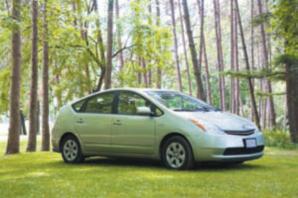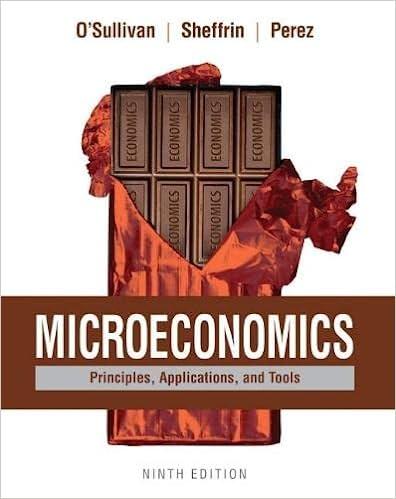Consider the incentives to buy a hybrid vehicle, which is more fuel efficient but more expensive than
Question:
Consider the incentives to buy a hybrid vehicle, which is more fuel efficient but more expensive than a gas-powered vehicle. Between 2000 and 2007, the number of hybrid vehicles increased from fewer than 10,000 vehicles to more than 340,000 vehicles. Over this period, the price of gasoline increased significantly, and the higher price of gasoline was responsible for roughly one-third of the hybrid vehicles purchased in 2007. An additional factor in hybrid purchases was a federal subsidy of up to $3,400 per hybrid vehicle. The subsidy was responsible for roughly one-fifth of the hybrid vehicles purchased in 2007. The increase in the number of hybrid vehicles decreased the emission of the greenhouse gas carbon dioxide (CO2).
How efficient is the hybrid subsidy in reducing CO2? On average, the cost of abating one ton of CO2 through the hybrid subsidy is $177. There are less costly ways to reduce CO2 emissions, including building insulation, energy-efficient lighting, reforestation, and switching to electric power systems that use fuels that generate less CO2. For example, a switch from coal to natural gas in power plants reduces CO2 emissions at less than one-third the cost associated with the hybrid subsidy.

Question.
How do people respond to incentives?
Step by Step Answer:

Microeconomics Principles Applications And Tools
ISBN: 9780134078878
9th Edition
Authors: Arthur O'Sullivan, Steven Sheffrin, Stephen Perez





